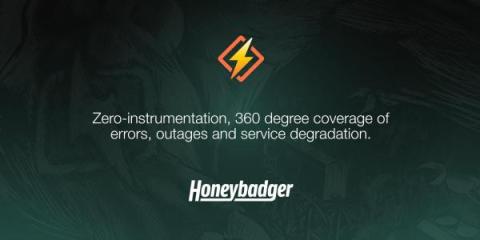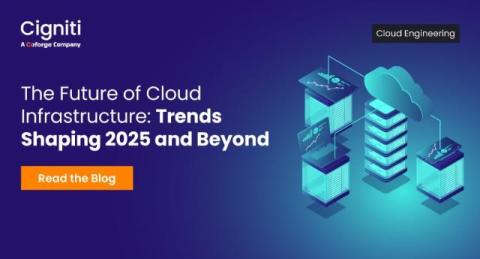How does Git work?
If you're like me and have less than twenty years of software engineering experience, the thought of a world without Git doesn't seem possible. When I started to research for this post, I almost fell out of my chair when I read that Git was created in 2005. It doesn't seem that long ago... either that, or I'm simply getting old. When I started programming, I asked myself a question I sometimes still ask myself today - How does git work? I often find myself being scared of certain Git commands.











